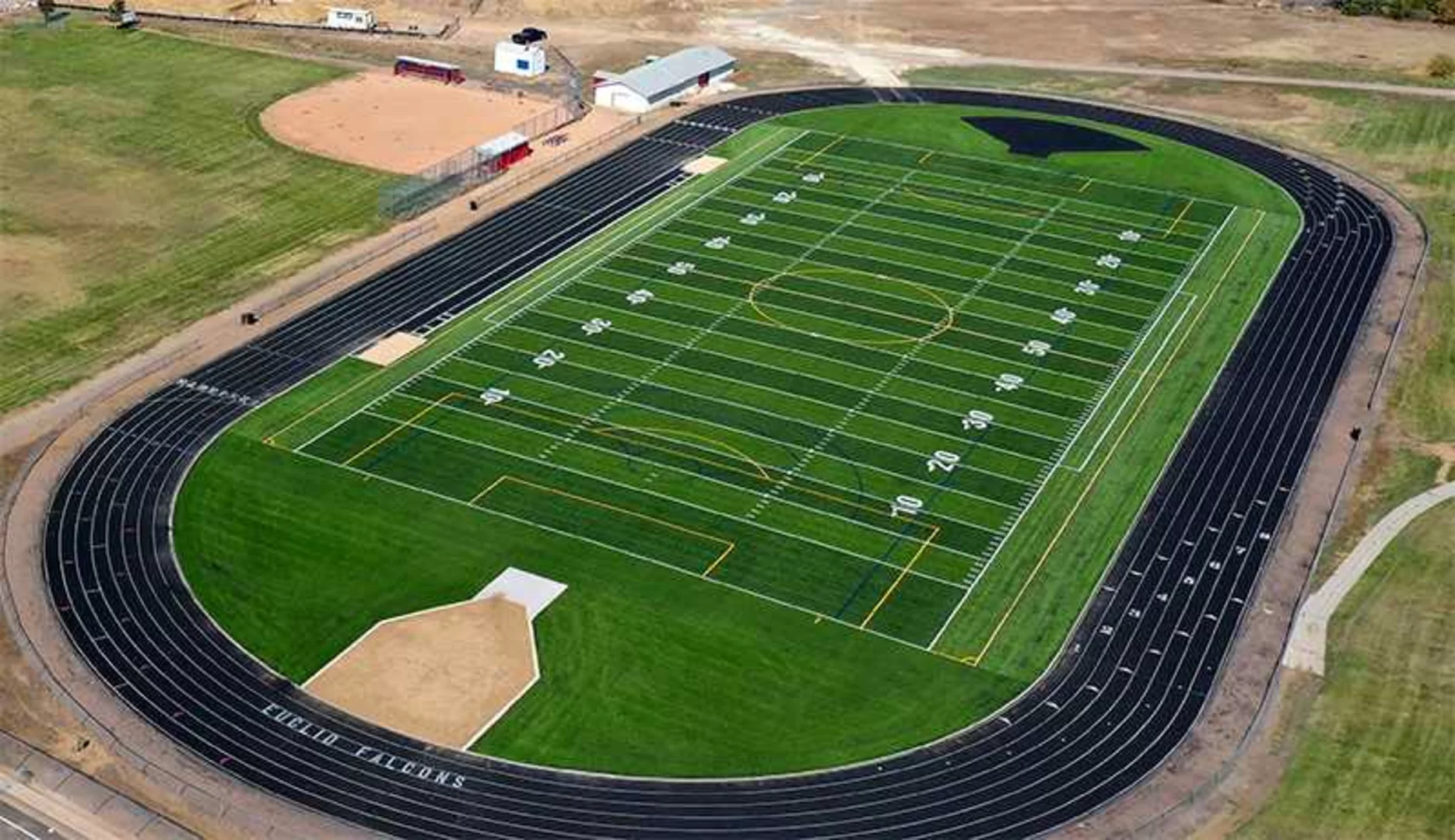Article
A Comprehensive Guide to Outdoor Football Field Lighting

Outdoor football field lighting is more than just a functional necessity—it’s a cornerstone of performance, safety, and community engagement. Whether for a local park or a professional stadium, the right lighting system ensures that players, officials, and spectators experience the game at its best, day or night. This article explores the critical elements of modern football field lighting, from technical specifications to innovative advancements shaping the future of sports illumination.
Why Lighting Matters in Football
Football’s dynamic nature—fast-paced plays, long passes, and split-second decisions—demands lighting that eliminates shadows, glare, and inconsistencies. Poor illumination can lead to misjudged passes, player collisions, or even injuries. Beyond safety, high-quality lighting enhances the spectator experience, supports HD broadcasting, and extends playing hours, enabling evening matches and tournaments.
Key Features of Optimal Football Field Lighting
- High-Intensity LED Technology
- Modern LED systems have replaced outdated metal halide and halogen lights, offering superior brightness (10,000–20,000 lumens per fixture) and energy savings of 50–70%. LEDs provide instant full brightness, eliminating warm-up delays and ensuring consistent performance in cold weather.
- Uniform Light Distribution
- Advanced optics and precise beam angles ensure uniform lux levels across the entire field, meeting standards set by FIFA or the International Commission on Illumination (CIE). A typical professional field requires 200–500 lux for training and 750–1,500+ lux for televised matches.
- Glare Control and Flicker-Free Illumination
- Anti-glare technology minimizes eye strain for players and spectators, while flicker-free lighting ensures smooth slow-motion replays and broadcast clarity.
- Durability and Weather Resistance
- Outdoor fixtures must withstand rain, wind, dust, and temperature extremes. IP66/IP67 ratings guarantee protection against moisture, and corrosion-resistant materials (e.g., aluminum housings) ensure longevity.
- Smart Lighting Controls
- Wireless systems enable remote dimming, scheduling, and motion-activated lighting. Adaptive controls adjust brightness based on usage—lower lux for practice, maximum intensity for games—optimizing energy use.
- Environmental Sustainability
- LEDs reduce carbon footprints and light pollution. Dark-sky-compliant designs direct light downward, preserving night skies and minimizing disturbance to surrounding areas.
Technical Considerations for Installation
- Pole Height and Placement: Lighting poles typically range from 12–20 meters in height, angled to cover the field evenly without spillage.
- Fixture Layout: A symmetrical grid of 4–8 poles ensures balanced coverage, avoiding dark spots near corners or goals.
- Compliance with Standards: Align designs with FIFA Quality Pro or IESNA RP-6-15 guidelines for competition-level fields.
The Impact of Advanced Lighting Systems
- Enhanced Performance
- Players benefit from consistent visibility, enabling accurate passes, tackles, and goalkeeping. Studies show proper lighting reduces error rates by up to 30%.
- Economic Benefits
- While LED systems have higher upfront costs, their longevity (50,000–100,000 hours) and energy savings result in a ROI of 3–5 years. Reduced maintenance costs further bolster savings.
- Community and Commercial Value
- Well-lit fields attract evening leagues, tournaments, and events, fostering community engagement. For stadiums, premium lighting is essential for securing broadcast deals and sponsorship opportunities.
Innovations Shaping the Future
- Integrated Smart Stadium Systems
- Lighting synced with IoT sensors can adjust in real-time based on weather, crowd density, or emergency scenarios.
- Solar-Powered Solutions
- Off-grid solar LED systems are gaining traction in remote areas, combining renewable energy with high-performance lighting.
- Human-Centric Lighting (HCL)
- Tunable LEDs mimic natural daylight cycles, improving player alertness during night games.
refer:https://www.ceramiclite.com/customer-stories/Football-Fields-Lighting-i.13.html